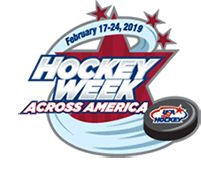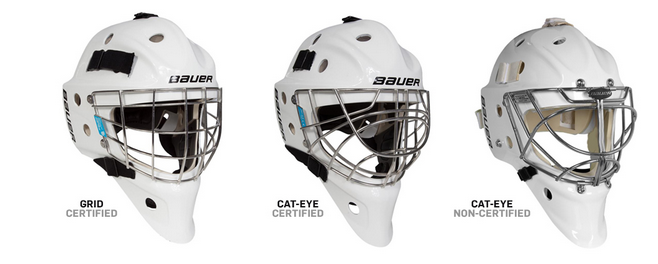3 Rules You Thought You Knew – Issue 12
Goals And Assists
A player is skating toward the opposing net, takes a shot and falls down sliding toward the net. His momentum carries him in to the goal keeper, knocking the puck loose and in to the net. The goal keeper did not have possession long enough for the play to be blown dead. Is this a good goal?
No – Rule 617(c)2
“A goal shall not be allowed if the following occurs:
(2)The puck has been thrown or deliberately directed into the goal by any means other than a stick, even if subsequently deflecting off any player, including goalkeeper, prior to entering the goal.”
The general rule is a puck must be propelled into the goal by a stick. Which means a player may not knock the puck into the goal by making contact with the goalkeeper after he/she makes a save.
Basic Manual
In a squirt game the puck is next to the goalie’s leg pad and the other team is trying to hit it in but instead of hitting the puck they are hitting the goalie. Do you blow the whistle even though the puck is not covered?
The officials should stop play if they determine that the goalkeeper has control of the puck (or has covered the puck) while the attacking team is applying direct offensive pressure. If the puck is loose, play should be allowed to continue.
However,attacking players may not slash or make any type of illegal stick-contact with the goalkeeper just because they are “trying to play the puck”. Players are expected to control their sticks at all times, and any type of dangerous,reckless, or illegal stick contact with goalkeepers should be penalized.
Penalties
A player (Youth, Girls’ or High School) is assessed a minor plus a misconduct penalty. Does this infraction count as one or two penalties toward the cumulative penalty rule?
Two. Rule Reference 401(b). Even though there has been only one infraction of the rules, there are two penalties assessed for this infraction that both count towards the cumulative penalty rule.



